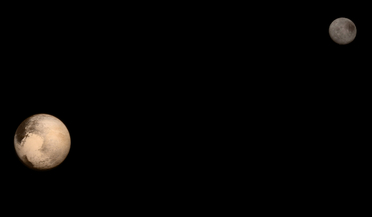 22 June 2020
Icy Pluto may have started off hot with an early ocean
22 June 2020
Icy Pluto may have started off hot with an early ocean
... undergone extensive reactions with the warm silicates beneath,” the authors write in their research paper published in Nature Geoscience today. The potential habitability of distant icy worlds increases when subsurface oceans interact with compounds...
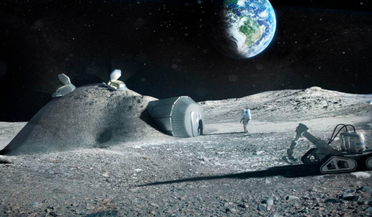 26 October 2020
Scientists detect molecular water and cold ‘water traps’ on the Moon
26 October 2020
Scientists detect molecular water and cold ‘water traps’ on the Moon
... human and robotic exploration of the Moon,” say Hayne and colleagues. Both studies have been published in Nature Astronomy today.
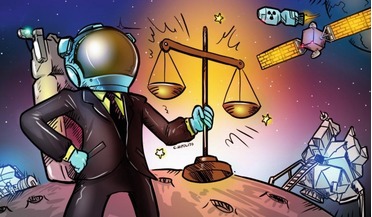 15 February 2022
A new legal system for space
15 February 2022
A new legal system for space
.... “While many still express scepticism, the recent flurry of space-related activities - combined with the de-globalising nature of the global economy and the need for a global response to issues such as pandemics - has caused others...
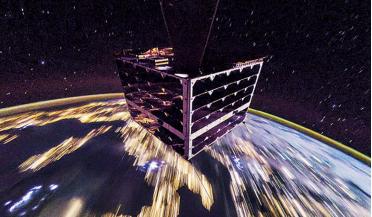 September 2023
A multifaceted approach to space sustainability
September 2023
A multifaceted approach to space sustainability
... in which spacecraft are subjected to a number of hazards, such as space weather, cosmic rays and meteors. In addition to the natural hazards of space, there are anthropogenic hazards and threats such as space debris, cyber attacks and counterspace...
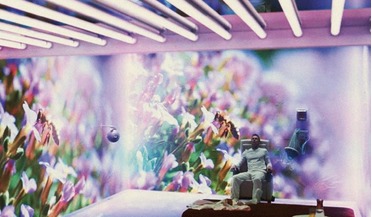 May 2020
Mixed reality in the design of space habitats
May 2020
Mixed reality in the design of space habitats
...produces beneficial and restorative effects. The ‘green movement’ promoted the inclusion of living plants, images of nature and natural textures, fabrics and textiles into almost every built social environment imaginable. It was, however, unclear why...
 October 2024
The Human Spaceship - Off Balance
October 2024
The Human Spaceship - Off Balance
... interpret what we see. But this can be confused when they receive information in a conflicting manner, possibly manipulated by nature or technology. On Mars, humans would experience a gloomy red/orange landscape with limited sunlight and heat, like...